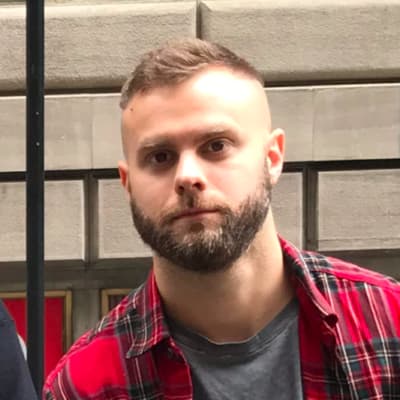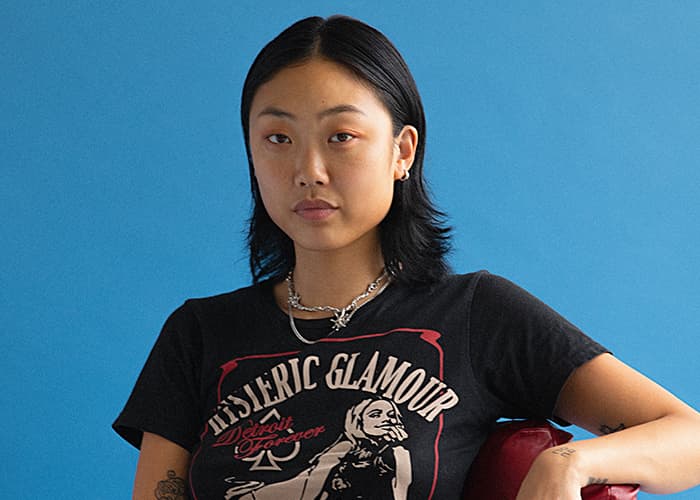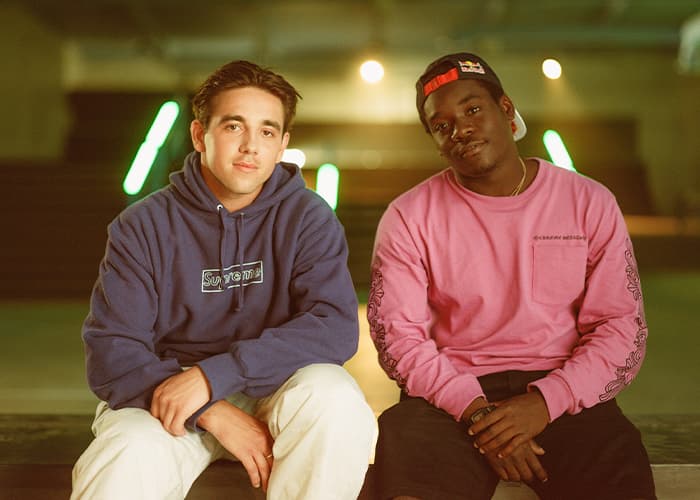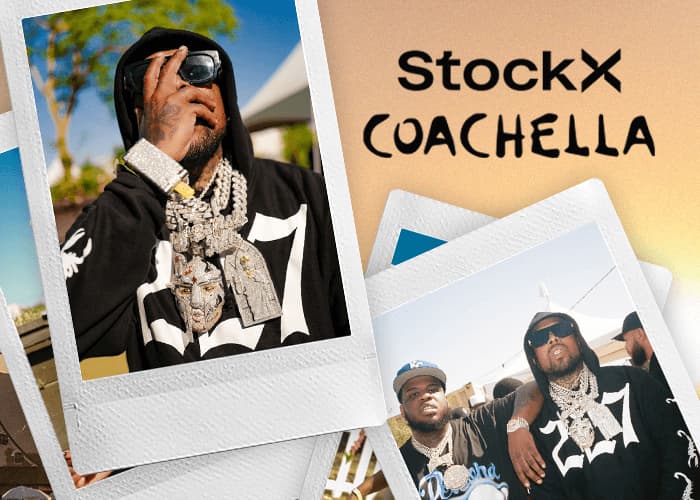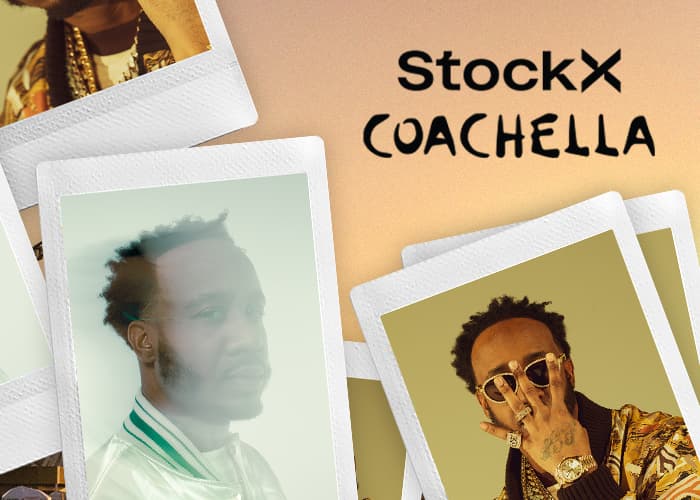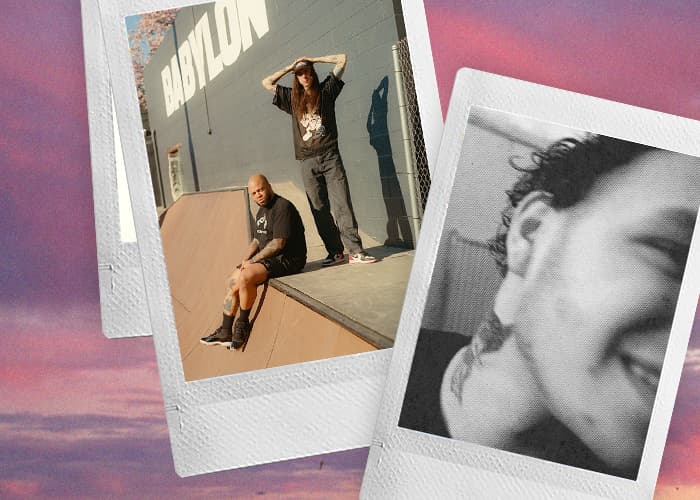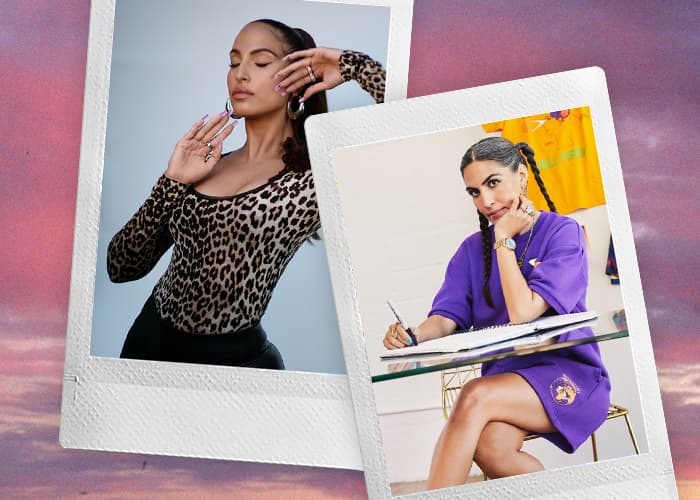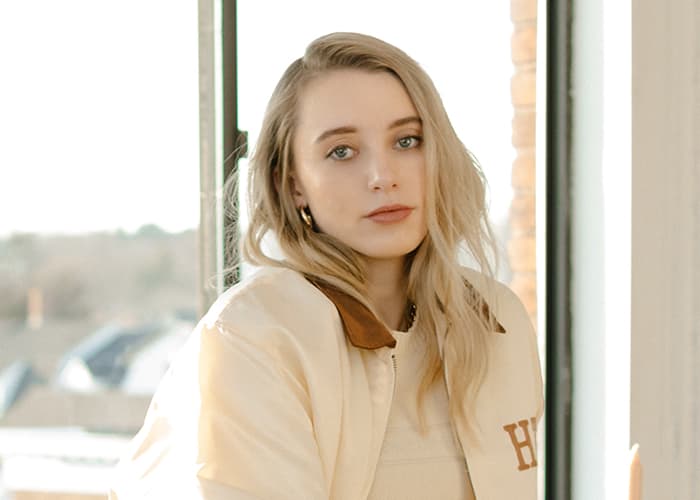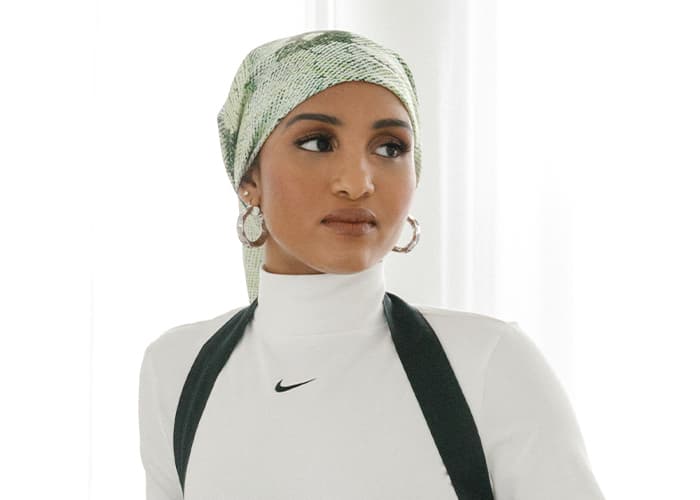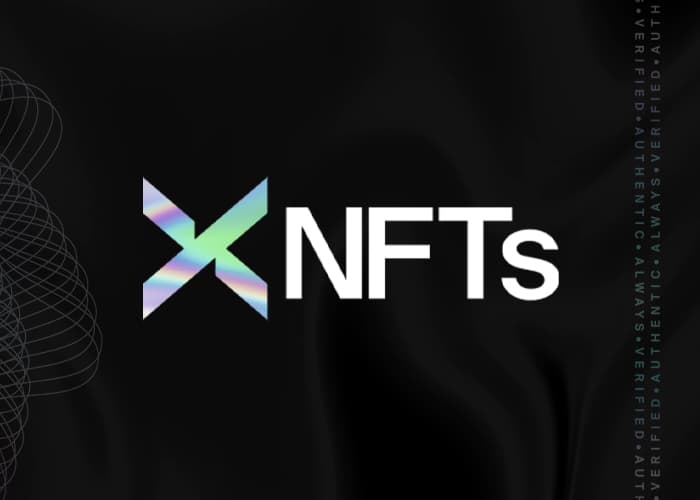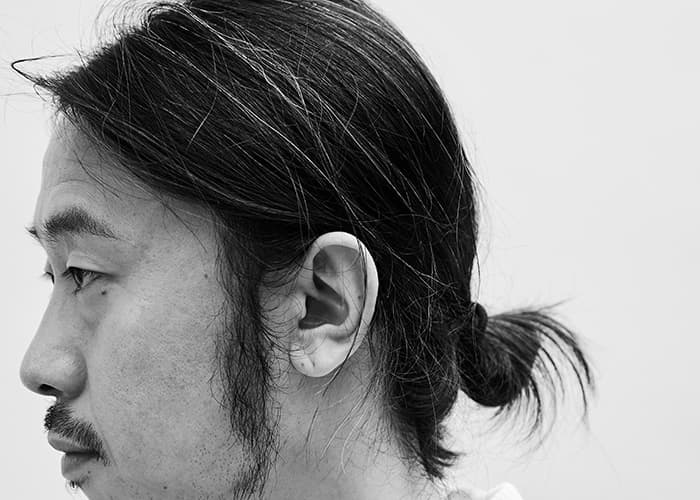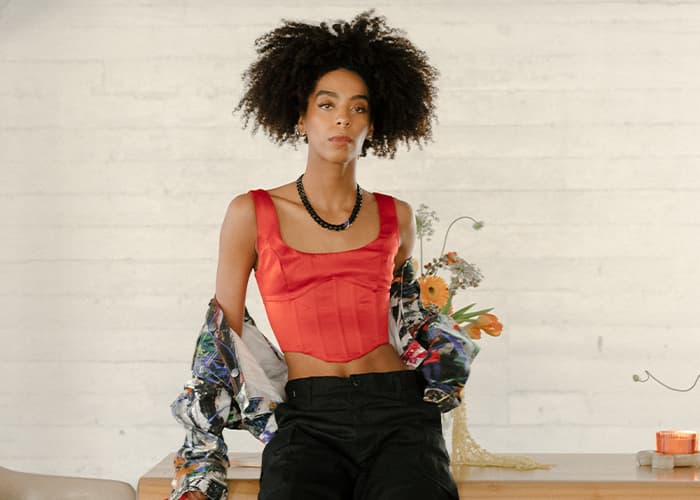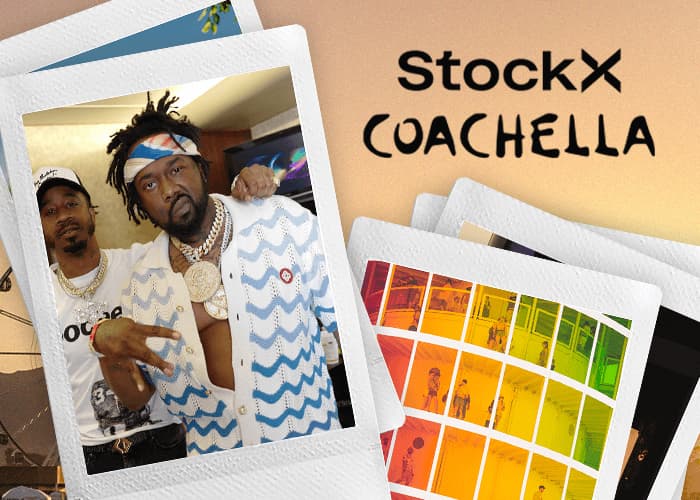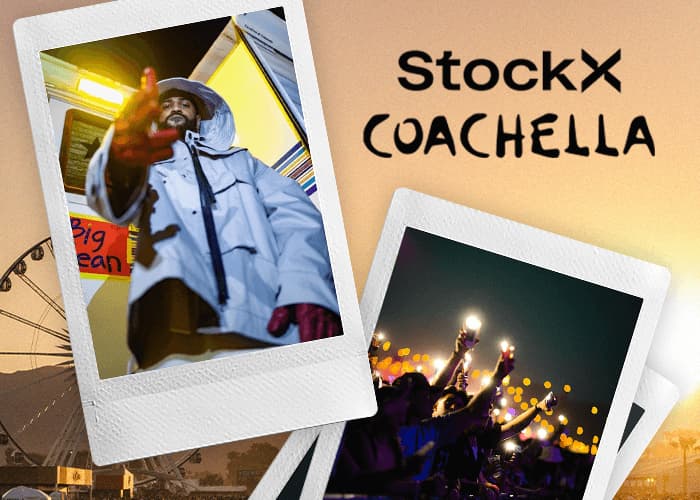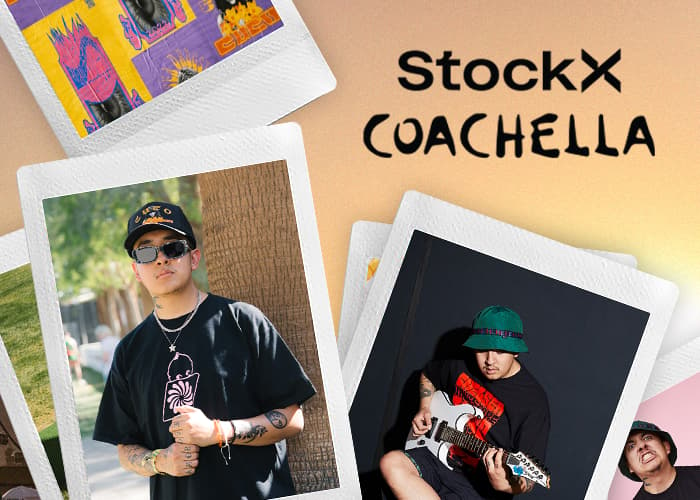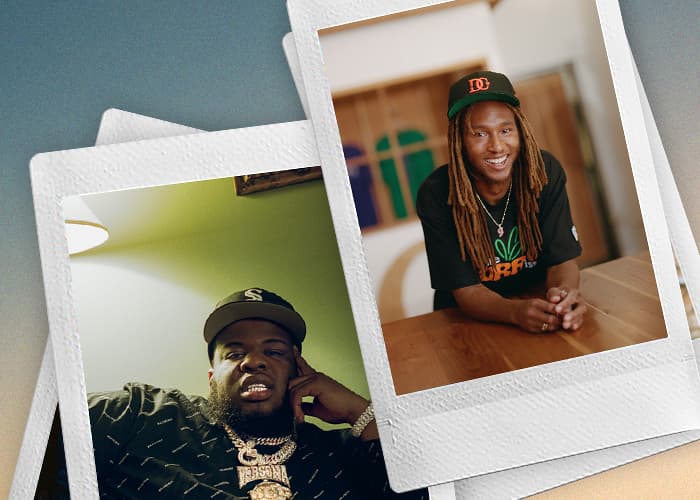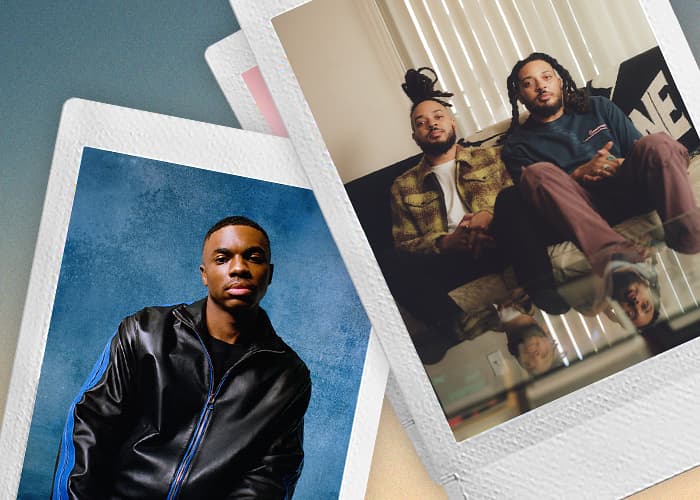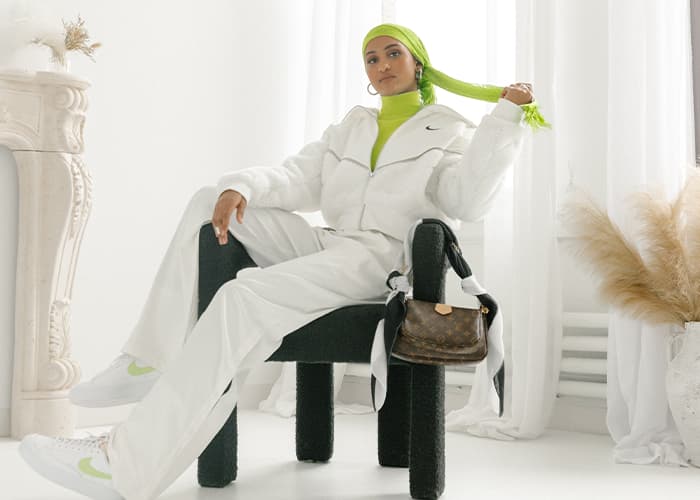
“No Curator” focuses on the most important and cutting edge visual artists who create and draw inspiration from the interconnected cultures of StockX. In this installment of “No Curator,” artist Tristan Eaton discusses how his childhood love for comics lead him to become a world-renowned painter, muralist, and toy designer.
Be sure to check out Tristan Eaton’s website and Instagram for more! And be sure to check out Tristan’s Chrome Dunny as well as his collaborations with Hublot (the Classic Fusion and the Fusion Aerofusion) on StockX.
The following has been lightly edited for length and clarity.
StockX: Would you please introduce yourself?
Tristan Eaton: My name is Tristan Eaton and I am a Los Angeles-based painter. That’s the simplest way to describe who I am. I’ve been making a living off of my art for almost 25 years and over those years, I’ve done a lot of different stuff. I started a design studio in New York called ThunderDog, and ran that for 10 years. I helped start up a toy company called Kidrobot and designed a lot of their toys, the Dunny and Munny, and helped curate their artists. But what I’ve loved most is my spray paint work. I’ve been very lucky to paint large scale murals around the world. I have murals in about 30 cities. I think that that’s what most people know me for these days and it’s definitely what I take the most pleasure in doing.
Where did you grow up?
My family moved around a lot when I was young, so I was really lucky to grow up in a few different cities. I was born in Hollywood and then moved to London, from there I moved to Detroit and then I moved to New York City and then back to LA.
How do you think moving and living in different cities affected you and your work?
I was the new kid all the time. I had to find a way to be myself in the midst of a foreign environment all the time. So it helped me kind of steel myself to the outside world and find a way to be comfortable with myself because I was thrust into alien circumstances so often: being the American kid in the English schools, being the English kid in the American schools, and growing up skateboarding in LA and then being around skateboarding in London at its birth in 1985. I had an older brother who started a graffiti crew in London in 1990, so I was around graffiti at a really young age and that’s how I learned about it. By the time I was 16, all the things I loved most in life had art at their core—from graffiti and skateboarding to comic books. So I already had this affinity towards underground art forms as an early teen. And then by the time I got to Detroit, the training wheels were off and rules were out the window. I was able to paint wherever I wanted in Detroit. I was very lucky to have parents that understood the artist in me and supported it and let me explore the cities I lived in. They let me explore my craft, my art, and my interests no matter how weird they might have been.
You mentioned your brother being a part of a graffiti crew in London and also comic books and all the references that we see in your work. Do you remember what some of your earliest memories of coming in contact with art were?
I remember loving comic books and my mom making me go to the Tate Modern when I was like 11. I remember being a comic book junkie, seeing Roy Lichtenstein for the first time, and recognizing the power of the jump that went from the comic book in my pocket to this gigantic work of pop art on the walls of this museum. It didn’t seem strange to me, it made sense, I got it and I understood. That appreciation of mundane art and elevating it to a higher purpose the way Warhol has with all of his work and the way Lichtenstein has with comics, I started to see elsewhere.

American Power // image courtesy of Atrbute
With that sort of set up, was there ever a question of a career outside of art?
No man—I was one of those kids that was drawing all the time. I was the furious busy little artist kid and I wanted to do nothing else. So I knew pretty early on what I wanted to do, but it was a matter of how I’d make a living at it and what my specialty would really be. And I never intended for spray paint to be earning a living. Never. Doing graffiti and painting in the streets was something we all did because we loved it and we all lived in cities, but it was never the intention that that’s how I would make a living. To be here 25 years later and the paintings I sell are made 100% with spray paint and the majority of my work comes from these gigantic murals I paint, all freehand spray paint, I never would have seen that coming, to be honest. But a career in art is a difficult one because no one really knows where they stand at the beginning. It’s a desperate search of trying to figure out what you’re good at, what makes money, what people like about what you do, and what makes you happy. So in a lot of ways, the very career I’ve had has been trial-and-error or process of elimination.
Starting as a kid who’s fiercely drawing all the time and going through these different careers, how has your creative process developed?
Earlier in my life, a big project might start with a doodle or a sketch, and figuring out an idea that way. These days, I know that all great projects start with an idea and I spend time on the writing and the exploration of the idea way more than I ever have before, before even putting pencil to paper. I know now that the medium is second to the idea. Choosing how to execute the idea comes first before executing it. So I spend more time with that than I do with any actual building, sketching, drawing. It’s weird. Because that’s what resonates. What is the idea that you’re trying to communicate? Without getting too pretentious and artsy, most art is abstract representation. If you could say it in words you would, but you can’t, so you say similar emotions and ideas through images and that’s a very abstract form of communicating as humans. And then, once I have landed on that, figuring out what medium or execution best serves that idea, what is the best vehicle for that message to bring it to other human beings?
What is unique to public art that is different from other forms of work?
There is a wide criterion of restraint when it comes to making public art, so I have to be kind and aware of the public and their opinion when I make a giant permanent mural. I don’t have to do that when doing illegal graffiti, you know what I mean? When it comes to large-scale mural work, I want my paintings to unite communities and have a positive agenda because people are forced to live with them. They are a part of their landscape. And you can’t be tyrannical with that, you have to understand the environment you are entering and do something that’s welcomed there. But when it comes to making a painting, that’s a form of expression of who you are as a person. You can be more personal. You can put all the nudity and swear words you want and be cathartic in how you get your emotions across. That doesn’t work for every medium.
Aside from those considerations, do you see a bold line between art and consumer products?
Personally, I never did as much as my parents did, or there’s a generational gap there. Where 40 years ago illustrators had a hard time becoming painters in a fine art context. That doesn’t exist much today. Someone like Murakami broke down a lot of those doors where he had paintings in the Brooklyn Museum while doing product with Louis Vuitton. And one of the reasons I gravitated so much toward the world of art toys is because it broke down that boundary. Because I always saw the high art in the low art product, in skateboards, comics, toys, all this shit, man. I saw high art in that. I always felt like that was a worthy cause to champion, the art that people can afford. People deserve art in their lives. It feels like a worthy cause to bring better art to people so that they can afford it on a wider level.

Soar // image courtesy of Atrbute
What did you learn working with Kidrobot and building the Dunny?
Oh my god…where to start? Kidrobot changed my life. I was broke, living in Crown Heights, Brooklyn for four years and almost gave it all up. I almost packed up the whole idea of being an artist because it was such broke misery for a while there. When I met the founder of Kidrobot, my background was graffiti, illustration, and toy design. I started designing toys for Fisher-Price when I was 18 so I had the chops, but I never manufactured them. So the most exciting challenge at the beginning of Kidrobot was finding a factory and making toys on our own as total novices, like we had no idea what the fuck we were doing. There were no rules, but we also had no experience. It was insane; we learned a lot. That was the beginning part before we even went public. I learned so much more once we actually launched the brand and the products. The Dunny toy, which is a platform for artists to work on, launched many artists’ careers and that was just amazing to see. I am very proud of that legacy of that toy. And then the Munny toy is a much more democratic platform where anyone can buy it and paint it. I saw people that were postmen, lawyers, and accountants start painting those toys, find out that they were artists, and all of the sudden get a fan base for the custom toys they were making and then start selling paintings. Like oh my god, someone in their 50s just launched an art career and it all ties back to this toy that I made. I can’t tell you how great that feels. I don’t know if I understand how cool that is. That’s profound to me, man. That part of my life gave me a fan base, it gave me a roof over my head, it helped pay for a roof over my parents’ heads. It really changed my life.
What is your experience with watching people interact with that work?
It’s a little limited because I see people interact with the work only through a lens. I see people react to the work as I’m painting it. Obviously, people come up to me and I get their reactions immediately while I’m there painting, but then I leave that mural behind and then it has a life of its own as people live it and grow with it. I’m not really privy to that experience. But then I’m able to see the experience people have with it online and on social media and that’s the way that I most often see and can gauge how people interact with my work. If I go to Instagram I can see what murals people are taking photographs in front of all day, every goddamn day, and get a pretty good idea of which pieces are more popular and which pieces are adored. I couldn’t tell you how many people send me screenshots of girls on Tinder posing in front of my murals. It’s really funny. There is definitely a big public relationship with the work. And it doesn’t serve any purpose, it’s there just for the sake of being beautiful.
When you were growing up, you were consuming all of these different kinds of media and they obviously are still a part of the work that you do. Has your multisourcing of inspiration changed, or do you still operate that way?
It’s funny, man. A lot of the art that inspired me as a kid still inspires me today. A lot of the art that is happening in comic books is better than what’s happening in most museums. When you look at artists like Alex Ross, Ashley Wood, James Dean (Smith), Chris Ware, these are artists of the most unique styles that made their names in comics. And I still find more inspiration from that medium than I might elsewhere. So it’s funny that as I’ve grown up I still love the art forms that inspired me as a kid more than anything: graffiti, comic books, movies, animation. They are still my most cherished sources of inspiration or quality. The craftsmanship and storytelling in a good film, graphic novels, and anime even has a lot to teach fine artists.
How do you define success?
I think that everyone honestly has to do that for themselves. You are only successful if you are defining success on your own terms, your own way. If you’re defining success based on someone else’s life or other peoples’ goals then you’re losing already. I’ve had to change my definition of success in order to be happy where I’m at with my life. I think that your definition of success is a part of your coping skills with your life. Sometimes I think you have to lower your own bar for success in order to be able to cope with where you are in your life and be happy. For me personally, my definition of success has changed over the years. But I’m old enough and cranky enough now to know that my definition of success is doing quality work and having the freedom to paint what I want to paint, simple as that. I think that if people see that in you honestly, they’re going to come to you for that work that comes from that mindset.
The concept behind “No Curator” is that you get to represent yourself, we’re not curating a representation of you. With that in mind, is there anything that you want to discuss that we didn’t?
I don’t know man. It’s hard to say. I think that every artist kind of lives in their own bubble. We’re all our own worst enemy and our own best art critic. I try to live by my own standards and out-do myself and make decisions in my art that I will be proud of in 30 years. I feel like I’m on a long-term journey that’s a solo journey. It’s all about trying to race a clock to make all of the work I want to make in my life before I run out of time. That exploration of what you are capable of is an endless journey. That’s something I’m very aware of and I like evolving, changing, and developing. I don’t want to do the same thing forever. What’s next for me that I’m very excited about is that I’m actually getting back into making toys again this year, but with an eye towards public sculpture. So as I’ve been blessed with so much public attention for my mural work, I want to go further in the public sphere with my sculpture and create toys from those sculptures. That’s something very new that no one has seen from me and kind of a scary new territory, but I’m excited to do that and bring everyone on that journey.
That’s awesome. Where are you thinking?
I definitely don’t want to say them out loud and jinx them, but I know that for sure, which is very exciting, is this year during Art Basel Miami I’m doing a solo exhibition inside Wynwood Walls and I will be debuting a lot of this new sculpture work there. I haven’t announced that yet, but this is probably the first time that I’m announcing it.
See more from Tristan Eaton and learn about artists within the culture in “No Curator.”



